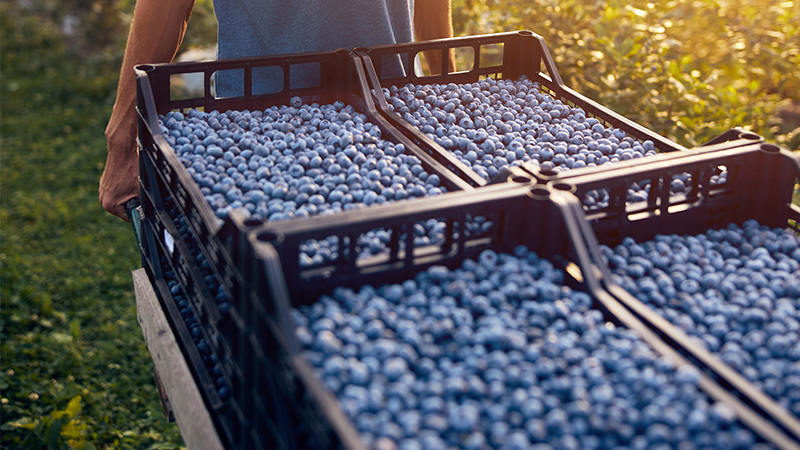Pallet Shortage Perspective: From Stacking Skids To Lacking Skids
It’s been nearly 40 years since I’ve given much thought to the topic of pallets. Back then we called them skids, which was fitting. Summer jobs during the college years frequently felt like skid row.
I recall stacking two types of pallets, both of which were occupational hazards. Half of them resembled leftovers from the Industrial Revolution — splinter machines that would often break apart in your hands. The other half were just the opposite — wood-working wonders that unfortunately weighed about a hundred pounds each.
It turns out there has always been a difference between a pallet and a skid.
Pallets — the most popular way to pack freight — have a top and bottom deck.
In turn, they are easier to move, load, and unload (with a forklift, of course) but are more difficult to drag because of the extra friction.
Skids, meanwhile, have no bottom deck boards and are lighter and less expensive than a pallet. True to their name, they are easier to drag than a pallet.
Regardless, both are 48-by-40-inch nightmares in my book.
Four decades later, pallets, of all things, are a hot news item in the world of agriculture. In early May, the Produce Marketing Association (PMA) emailed the following alert to its members: “There is currently a shortage of all types of pallets available for rent or sale in the U.S. This is not unique to just the produce and floral industry.”
Two weeks later the United Fresh Produce Association said that “although conversations are occurring within the North American (and global) industry about the current acute pallet shortages, we believe that many do not yet realize the factors impacting the situation and the potential scope of the issue, including the availability of produce to consumers.”
Apparently (and not surprisingly), the readers of this magazine are ahead of the learning curve although not immune to the problem at hand. Online, we culminated our story on the pallet shortage by posing the question, “Are basic supply shortages impacting your business?”
A whopping 90% of you said “yes.”
So, what’s the problem with pallets? According to suppliers CHEP USA and PECO Pallet:
• There is a lumber shortage in the U.S. due to COVID-19 shutting down the lumber mills for weeks.
• The surge in new house and renovation construction is consuming most of the wood available from the mills.
• The price for lumber is at an all-time high.
• Distributors, wholesale, and retail inventories are very high for non-perishable product to protect them from further supply chain disruption. That product is on pallets in their warehouses and distribution centers.
• There is a shortage of all pallets, not just CHEP and PECO pallets. White pallets (lower quality and not always rack-able) also are not available.
• Both CHEP and PECO Pallets report that they are doing everything in their power to deal with this crisis.
PMA instructs its members to plan on the situation not being resolved in the near term. “Secure any pallet you can,” the organization says, “and inform your customers that they may receive their shipment on a non-preferred pallet until this situation is resolved.”
In short, hang in there, folks. Hopefully, the worst of the COVID-19 pandemic and its accompanying lockdowns is behind us. Better days are definitely ahead. But until then, there’s still some heavy lifting to do, splinters and all.










